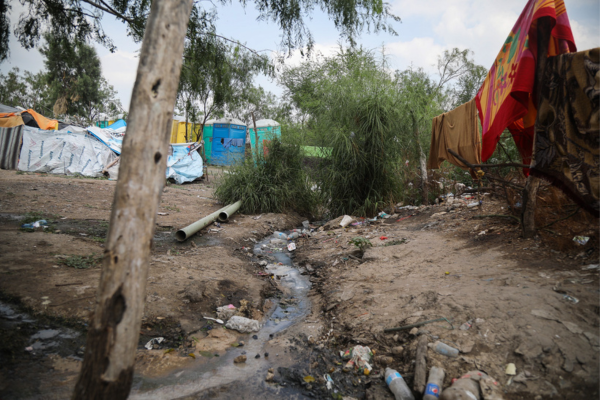Last week, I was privileged to travel to the border region with a delegation of my colleagues from partner organizations to bear witness to the end of Title 42, a pandemic era policy that closed the border to asylum seekers, and the beginning of the asylum ban, a devastating new policy that severely limits access to safety.
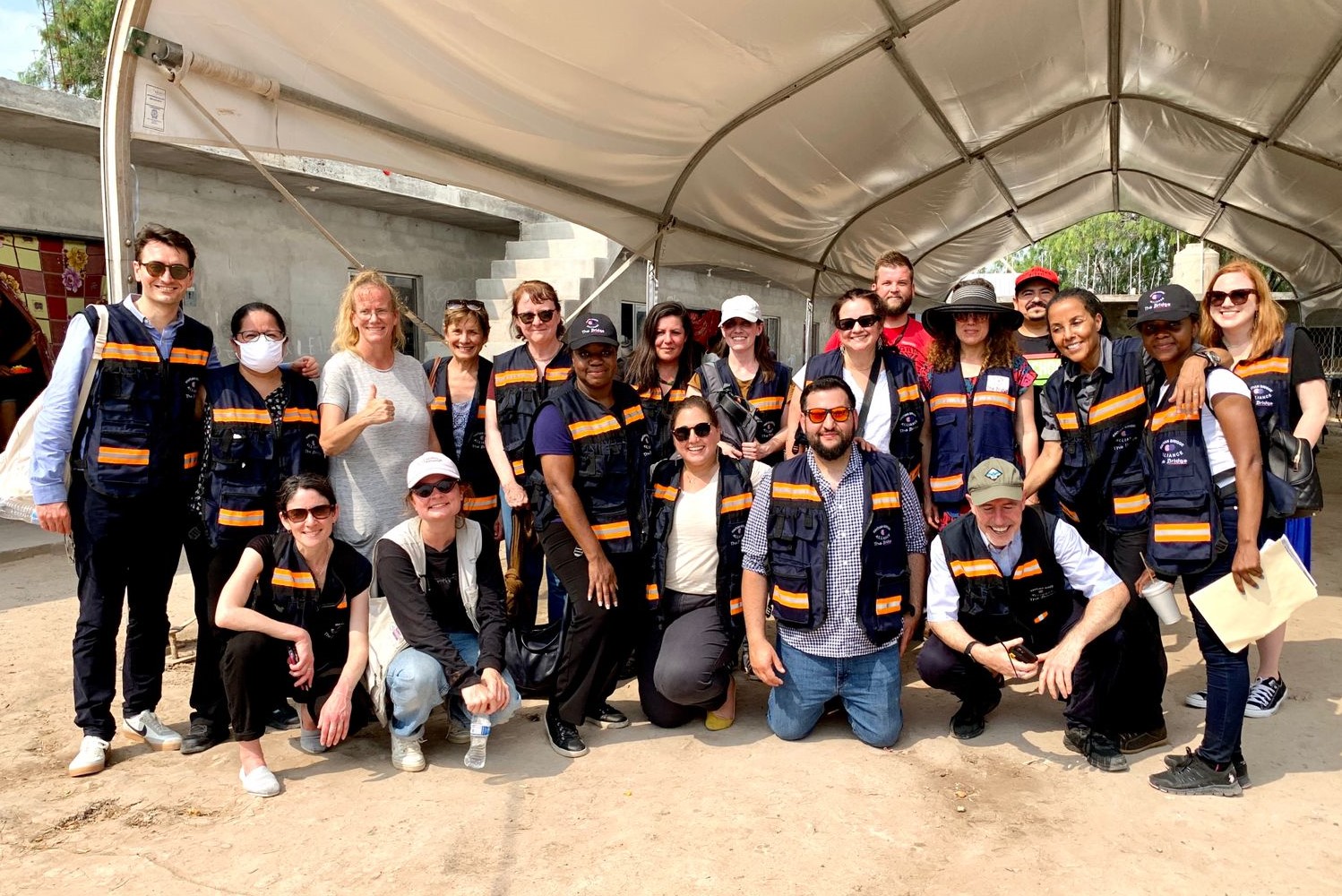
I grew up along the Texas-Mexico border so I know this region. I hardly recognized the place I love when I visited last week. Years of cruel deterrence policies and investments in border security have transformed this vibrant, diverse region.
I will never forget the faces and stories of the people, families, and young children that I saw at the border. Shelters were made of sheets, trash bags or tarps on the ground with no running water or toilets. Basic necessities that people need to survive are not available. Many of the families have used all their money already on their journey and are facing food insecurity. I saw young children playing with their toys and trying to have a normal life in a situation that is so far from normal.
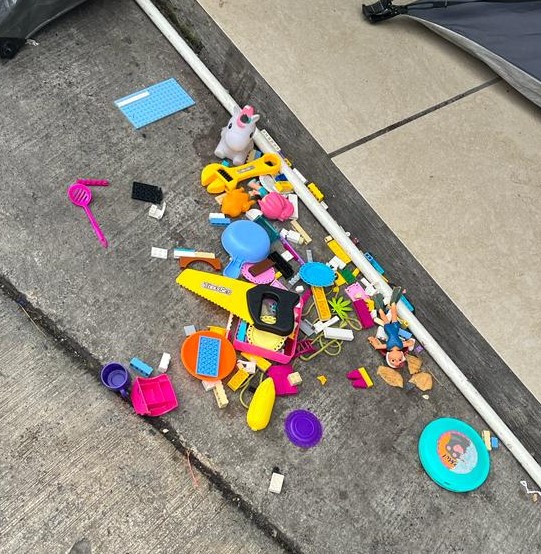
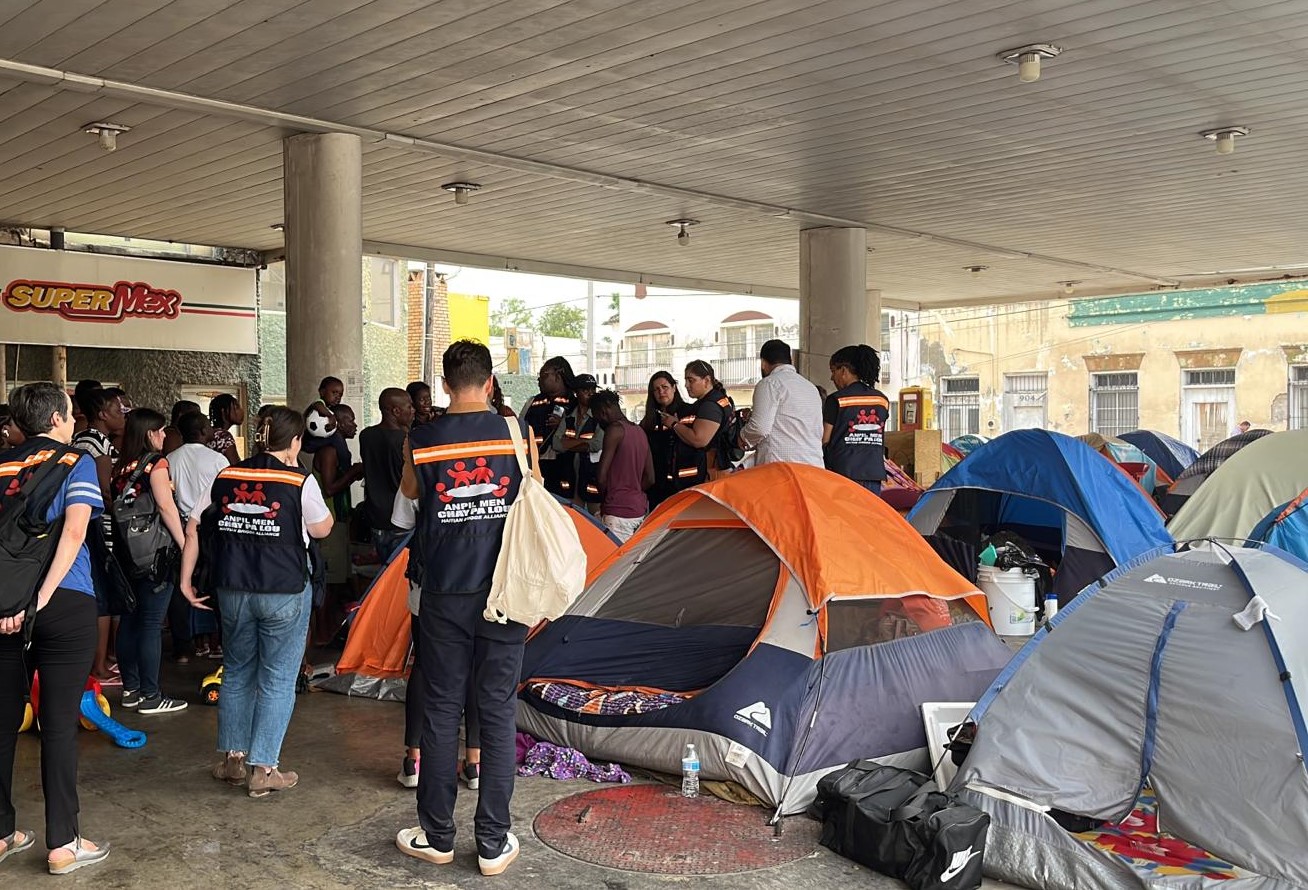
As I was driving back from the border, there was a terrible thunderstorm and the only thing I could think about was the families, the women and children that I saw who had absolutely no shelter.
And they are not safe. As Tahirih and Oxfam detailed in our report Surviving Deterrence, deterrence policies like the asylum ban greatly increase the risk of experiencing gender-based violence at the border, particularly among women, Black, Indigenous and people of color, and LGBTQIA+ people. Precarious forms of housing like the overcrowded shelters and encampments that I saw significantly increase the risk of experiencing gender-based violence.
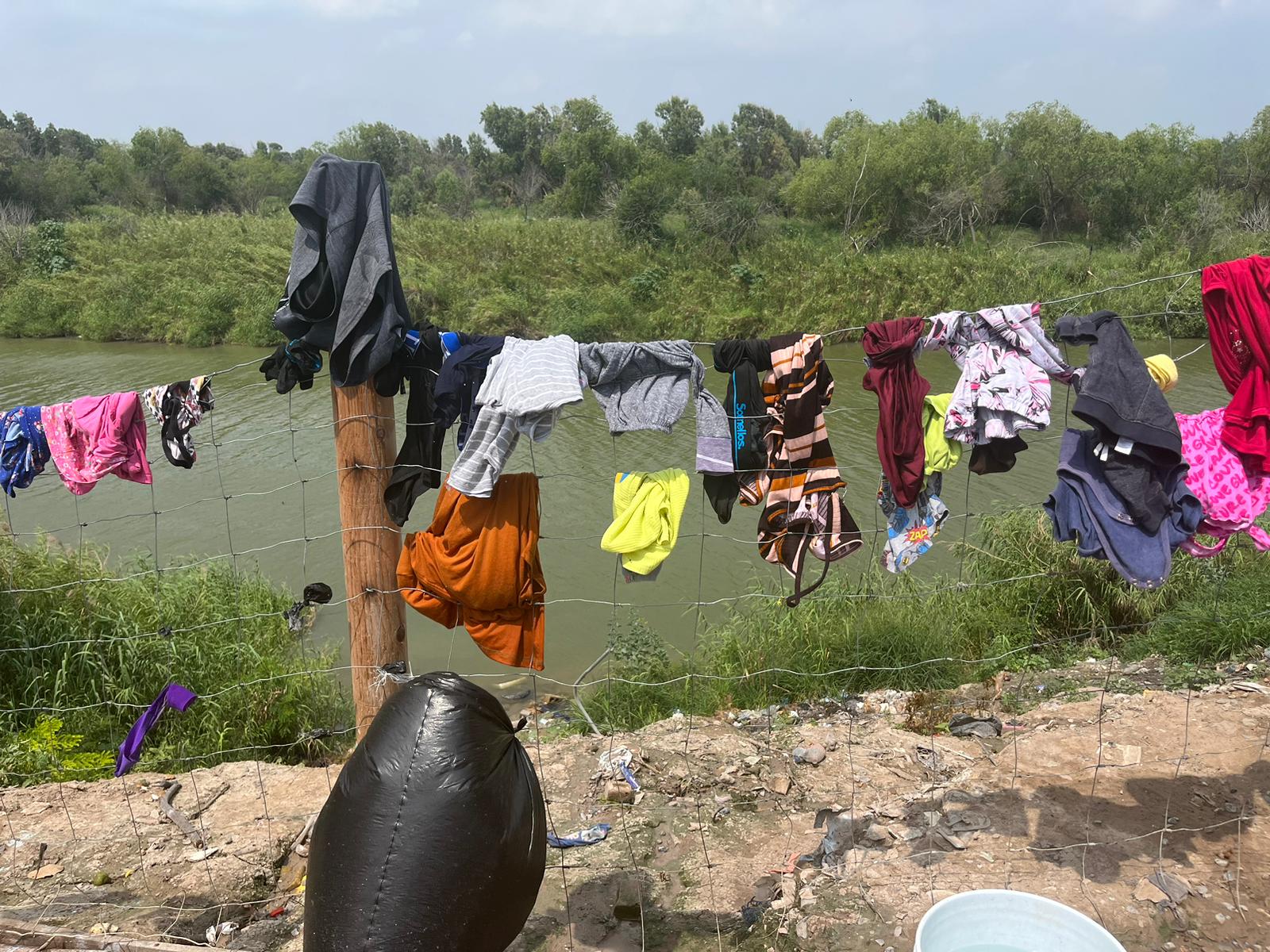
Migrants also become a target for cartels and organized crime. I met one young man at the border who was kidnapped as soon as he arrived in the city and had just recently been released. He was terrified of leaving the shelter again after that painfully traumatic experience.
Despite the inhumane conditions and danger, families are trying to enter this country legally by waiting for a chance to apply. The difference between what the media described and what I saw with my own eyes at the border was stark. There was no “surge” or “invasion” as you may have heard on the news last week. They have been waiting patiently at the border for months in many cases with little to no access to information. People desperately need accurate information about our policies in order to have a chance.
Our country’s policies have created so many barriers to safety for these people. In particular, the new requirement to make an appointment through the smartphone app CBPOne before going to a port of entry to request asylum has created immense frustration and confusion, as I witnessed firsthand. One woman I witnessed tried repeatedly to submit an application only to experience glitches and have to start over again and again. Finally, she was able to submit a request for an appointment, but she will have to wait another day before finding out if she has received one of the limited number of daily appointments distributed by lottery.
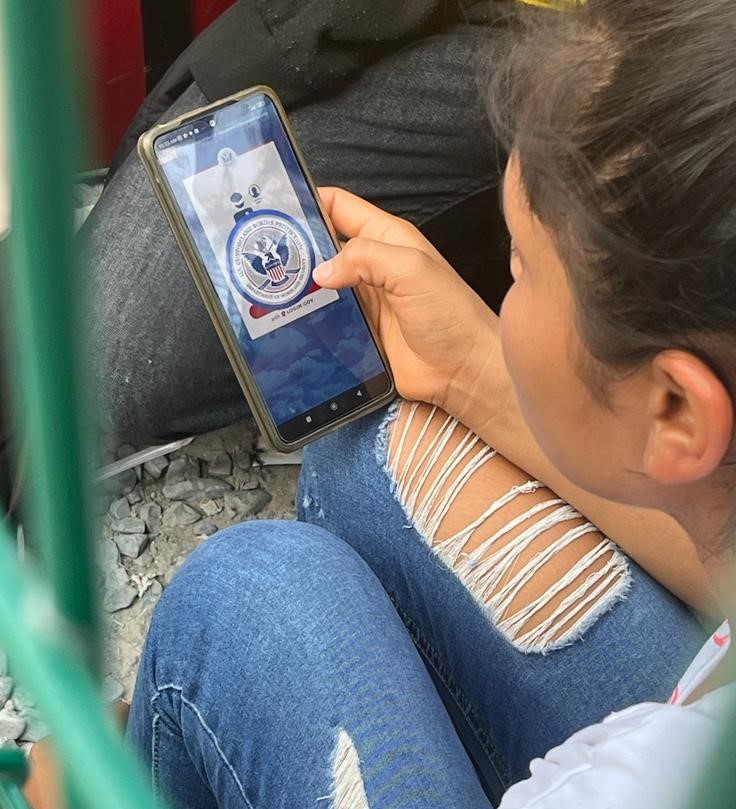 She is one of the lucky ones who speaks one of the three languages that the app is translated into and has access to a smart phone and WiFi in her shelter. Another young woman I met at an encampment was there with her young child and told me that she doesn’t have a phone and she can’t afford a phone or internet. She told me her hope now is to find a group of people who might be able to help her access a phone and internet. As we talked, her young child played nearby, and I will never forget their sad faces.
She is one of the lucky ones who speaks one of the three languages that the app is translated into and has access to a smart phone and WiFi in her shelter. Another young woman I met at an encampment was there with her young child and told me that she doesn’t have a phone and she can’t afford a phone or internet. She told me her hope now is to find a group of people who might be able to help her access a phone and internet. As we talked, her young child played nearby, and I will never forget their sad faces.
I found hope in witnessing the many grassroots organizations and individuals who are working selflessly to care for migrant families. I had the privilege to meet with and learn from people at The Sidewalk School, Casa Lulu, Solidarity Engineers, and other incredible organizations. I encourage you all to visit their webpages linked below to learn more about their work, follow them on social media, and support their missions.
- The Sidewalk School
- Angry Tias & Abuelas
- Solidarity Engineering
- Casa Lulu
- Global Response Medicine
- Pro Bar
- Lawyers for Good Government
- Haitian Bridge Alliance
Our delegation produced a report after our trip sharing more details of our findings. We will continue to uplift the reality of what people are experiencing at the Southern border and fight for the legal rights of survivors seeking safety to apply for asylum.

